Bagua zhang is a pure Taoist energy art primarily practised by those interested in the I Ching or Taoism—having been derived as a physical manifestation to realize the teachings of the I Ching. That is, ba gua is an embodiment of the universal principles of change.
Bagua serves as a rigorous and aerobic internal exercise that releases tension from the body, and develops your life-force energy. It is also a high-level martial art and, at its most advanced level, can become a vehicle for spiritual development. As such bagua offers a wide range of developmental possibilities unlike single-application practices.
So over time, as your goals and needs change, you can continue your basic practice and direct your intent towards that which you wish to accomplish. Because of this it’s very economical since modern living is busy and time is of the essence.
Circle Walking – The Minimalist’s Paradise
The foundation for bagua is Walking the Circle: For some Circle Walking alone offers enough depth and benefits to keep them engaged and interested for many years. Apart from being a martial art, all the practical benefits found in bagua practice can be achieved through Circle Walking.
Regular practice can serve as a no-nonsense, efficient method to open and heal the body, raise and develop your energy, create vibrant health and vitality and, if you choose to walk fast enough, a low-impact aerobic workout. Bagua achieves this by incorporating all 16 Taoist neigong components into the Circle Walking practice, initially creating a strong, flexible body and later developing the spirit or, through the bagua palm changes, martial arts.
Bagua could be called the minimalist’s paradise since there are no long forms or complex sets of movements to learn “before” you get to the internal content. You go straight for the meat–that which gives the possibility of profound and lasting health and vitality.
Circle Walking Is a Chi Generator
Initially, while Walking the Circle, movements can be clunky and broken. Over time your practice will become ever-more smooth and continuous. It’s like starting up a turbine: At first it’s sluggish and then, as it gets going, a self-perpetuating flow is maintained. Also, like the turbine, when your walking smooths out, you start generating serious power or chi.
What happens is that the base energy from the food you intake—jing (or fuel for the turbine)—is circulated through your system as you walk, upgrading and refining that energy into chi (or thrust coming out of the turbine). Chi, in this model, is a higher vibration of energy than that which you get from food.
This jump in energy is what makes your body stronger, healthier and more vibrant as well as making your mental faculties more aware, awake and alert. You are also developing your energy in preparation for advancement towards spirit and emptiness. All of this and you are only walking around in a circle! Not bad, eh?
As you Walk the Circle you continuously bring up, produce and refine energy through the application of the 16 neigong incorporated in the practice. Depending upon how much neigong is in your practice determines how far you can go. But here’s the trick: To make the next progression you don’t need to learn a new form, you simply add more components.
In this sense it’s like having a turbo charger fitted to your car; the car looks the same, but now you have a lot more power under the hood. So, as you upgrade, deepen and refine your practice you arrive at a point where you are able to generate an enormous amount of chi. At times you can get so caught up in the continuum that you literally have to stop yourself from practising as the space that opens up inside you is absolutely sublime. All nagging thoughts, worries and concerns disappear as your energies open up, flow freely though your system and grow.
Do Nothing Whilst Being Absolutely Content
Initially, through Circle Walking and bagua practice, you put your body through its paces. You feel the tensions and restricted areas in your mind, body and spirit and focus on opening them up and bringing them alive. Taoists call this process making your body conscious. When your practice session finishes you simply relax and, with it, space opens up, a sense of physical emptiness. A willingness and acceptance of physical and mental stillness can accompany this emptiness.
Later, after some practice, experiences of emptiness and stillness can start to enter into your Circle Walking and bagua practice and become quite profound—leaving you in a state of not needing anything and simply being. This state can be amplified and enhanced through sitting practices after a ba gua session. This is the extreme end of the minimalist camp: doing nothing and being absolutely content, at least for awhile!
Please click here to read Part two of this article.
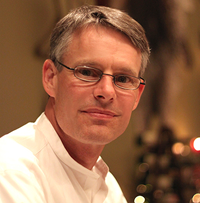
See https://www.paulcavel.com/ for more information and articles.


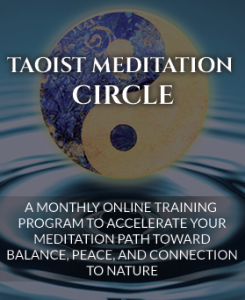
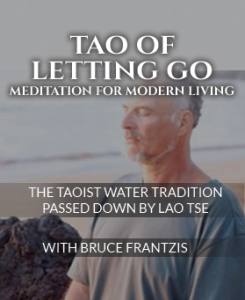
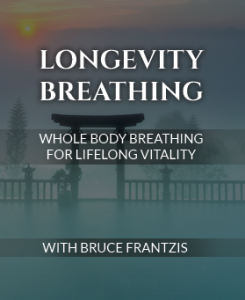
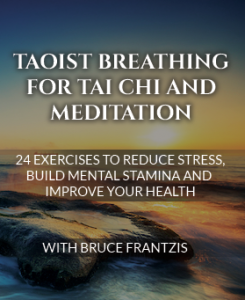
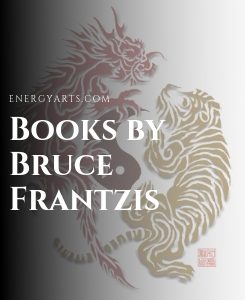
0 Comments